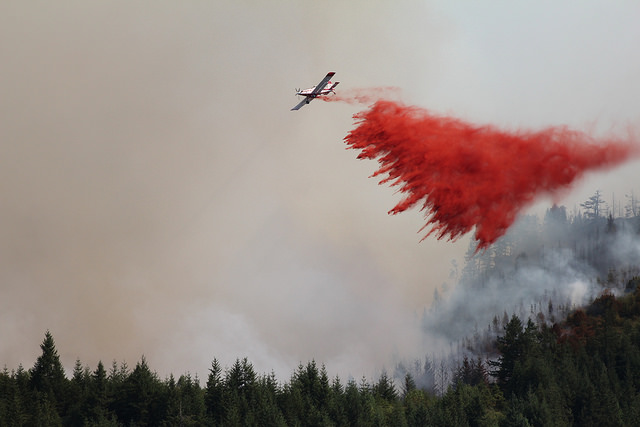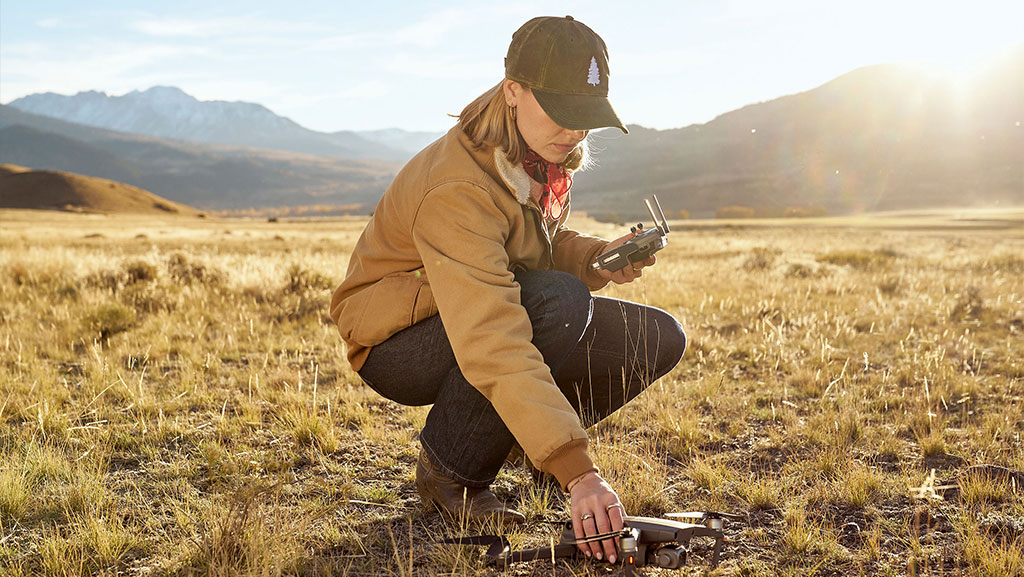Smoke from July Fourth fireworks may have cleared, but there’s still plenty of haze filling skies in the West, where large wildfires are currently burning in eight states.
Since January, 3.2 million acres have burned nationwide, well above the 10-year average of 2.6 million acres by this time of year. And as more acres have burned, the costs of fighting fires have gone up as well. Last year, the Forest Service spent a record of nearly $3 billion fighting fires.
Congress’ answer to the fire challenge came in the spring, when it passed what was widely praised as a “wildfire fix” in its omnibus spending bill. Effective in 2020, the legislative change will end the practice of “fire borrowing,” or the Forest Service’s penchant to raid its non-fire accounts to pay for firefighting.
While changes like that one could free up funds for the agency to use on much-needed forest management, Americans’ wildfire problem has as much to do with behavior as funding. A real “fix” for wildfires will mean preventing them in the first place — and steering clear of bad incentives that nudge more people and homes into harm’s way.
Drier conditions and warming climates are often credited as the culprits for the burgeoning wildfire problem. A recent report from global insurance giant Swiss Re noted that modern fire seasons are approximately 84 days longer than those of three decades ago. In California, where a wildfire caused one fatality last week, drought or abnormally dry conditions are affecting 85 percent of the state.
Given the trends toward seemingly ever-expanding wildfires, you’d think people would be tripping over each other to flee the forests for less risky areas. Yet, the opposite is true. The Swiss Re report noted that since 1990, 60 percent of new homes have been built in the fire-prone “wildland-urban interface,” the areas where housing is close to forests, grasslands, and other wild vegetation.
In research published in March, scientists with the Forest Service and University of Wisconsin-Madison reported that 43 million homes now lie within the so-called WUI. After decades of new housing additions, the WUI footprint has swelled to 190 million acres — an expanse 10 percent larger than the state of Texas. Based on those trends, the U.S. wildfire problem could have as much to do with people’s preferences to live near forests and nature as it does a changing climate.
The omnibus bill also established a separate $2 billion “disaster” fund for fighting wildfires. But earmarking copious disaster money for fires threatens to entrench some perverse incentives. An implicit bailout when disaster strikes makes it more attractive to live in riskier places — just ask policyholders of the National Flood Insurance Program. The obsession with offering “affordable” insurance to households who choose to live in floodplains and hurricane alleys means taxpayers perennially help pay to rebuild houses in floodplains and hurricane alleys.
As Bloomberg Businessweek has thoroughly reported, a similar phenomenon is already playing out after California’s devastating fire season last year. The state spent big on fire suppression, suspended a fee paid by people in fire-prone areas meant to help with the costs, and tried to keep insurance premiums from rising for high-risk households “in an effort to encourage them to remain in areas certain to burn again,” as the outlet phrased it.
Rather than dedicating billions to suppress wildfires — and implicitly nodding when more people relocate to risky places — we should invest more in fire prevention through prescribed burns and fuel reductions. The 2018 farm bill could help do that, but only if the House and Senate can agree on a final version that will improve active forest management.
In the meantime, novel approaches like the Forest Resilience Bond could help. The financing model connects private investors and public land agencies to cover upfront costs of forest restorations. A pilot project in Tahoe National Forest involving the Forest Service, the Yuba County Water Agency, and various California state agencies will launch later in 2018.
Innovative approaches to prepare for fires, if not prevent them altogether, should be part of overcoming the wildfire challenge. But a true fix will prove elusive if policies continue to nudge more people toward risky, fire-prone areas.
This article originally appeared in The Hill.




